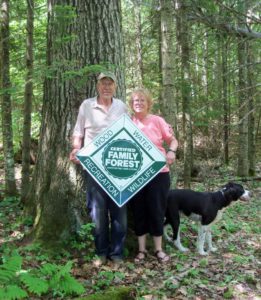By Mike Hillstrom, forest health specialist, Fitchburg. Michael.Hillstrom@wisconsin.gov, 608-513-7690
Caterpillars of cherry scallop shell moths (Rheumaptera prunivorata) are defoliating black cherry trees of all sizes in far southeastern Jefferson County and slightly into Walworth County. Many cherry trees have been completely defoliated. This is the third consecutive year of damage in this location. Defoliation by cherry scallop shell moth caterpillars has increased each year; hopefully natural enemies that typically cause the populations to crash show up soon and do their job as multiple years of defoliation is stressful to trees. In addition to cherry scallop shell moths, there is concern about possible attack on black cherry trees by peach bark beetles (Phloeotribus liminaris), but none have been reported yet.
Continue reading “Defoliation of black cherry trees by cherry scallop shell moth”

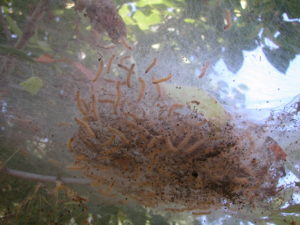

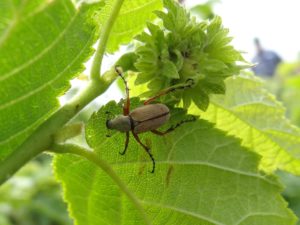
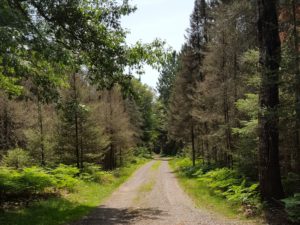
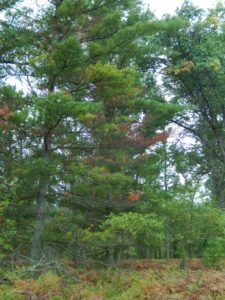
 Learn from field experts about the many topics around oak during the morning session and continue discussions at lunch (provided); see some of these practices in action during the afternoon session when you to visit one of several woodland properties actively managing oak.
Learn from field experts about the many topics around oak during the morning session and continue discussions at lunch (provided); see some of these practices in action during the afternoon session when you to visit one of several woodland properties actively managing oak.
